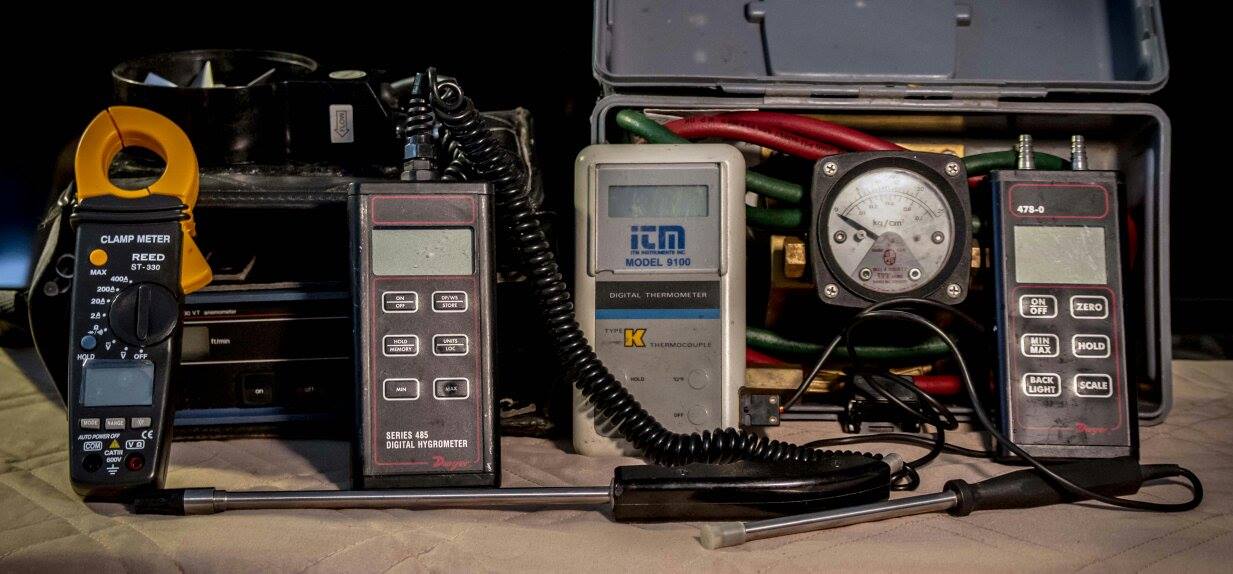Bamboo Floors, Types of bamboo floors,

Bamboo floors speaks to types of bamboo floors, what are bamboo floors and why use bamboo floors.
These floors are made from bamboo which is a rapidly growing grass that can be manufactured into flooring products very much like those made of wood.
Different forms of bamboo products exist. Each varies in its manufacturing process and differs largely based on economic viability and local preferences.
The most common form, particularly in southeast Asia, uses thin bamboo stems that are cut as flat as possible. They are cut to similar lengths and can be stained, varnished, or simply used as is. They are then nailed down to wooden beams or bigger pieces of bamboo stems. This form results in more space between each bamboo stem; flatness and tightness is not emphasized. This technique is usually used on stilted houses, resulting in better air circulation especially during the warmer summer months.
The manufactured bamboo fcommonly found in North American markets is highly processed. This flooring is typically made by slicing mature bamboo poles or culms into strips. These culms are crosscut to length and then sliced into strips depending on the width desired. The outer skin and nodes are removed. To remove starch and sugars the strips of bamboo are boiled in a solution of boric acid or lime.
The manufacturing process entails slicing the hollow bamboo shoots into strips, processing the strips to remove starch, laminating and gluing the strips under pressure, and then machining the laminated stock into the final flooring profile.
Laminations may be oriented either in the vertical or in the horizontal within the strip. This creates a surface appearance analogous to either flat grain or edge grain in solid woods.
Bamboo type flooring is harder and more dimensionally stable than flooring made of conventional wood. Its natural colour is light, much the same as that of maple. A darker amber hue can also be achieved by pressure steaming, a process called carbonization.
Like wood, this flooring material can be provided as either solid strip, made entirely of bamboo laminations or as an engineered product consisting of a roughly 1/8 inch (3 mm) thick bamboo finish layer adhered to a laminated base of conventional wood. It may be provided unfinished or factory finished.
Considerations:
Bamboo is harvested in a four to six year cycle and is considered a rapidly renewable material. Some bamboo type flooring materials are produced with urea formaldehyde glues, a potential source of emissions. Others are manufactured with alternative low emitting adhesives.
Finishes for wood and bamboo flooring are potential sources of emissions. Water based finishes and waxes are generally lower emitting than solvent based finishes, but they may not be as durable or as easy to apply.
Return from Bamboo Floors to Home Page
Return from Bamboo Floors to Finish Flooring
Hard copy and E book for sale. Introduction to Building Mechanical Systems. Click here.